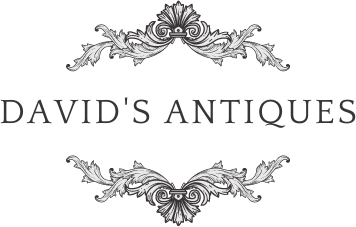
1942 Kriegsweihnacht ( German war christmas ) 8.75" Holland (Michigan) 'Cowda pottery
The term "Kriegsweihnacht" (German for "war Christmas") was used to describe the Christmas celebrations that took place during World War I. The term was coined by German soldiers, who used it to describe the hardships and deprivations they faced during the war, even during this festive time of year.
Christmas was a particularly difficult time for soldiers on the front lines. They were often cold, hungry, and exhausted, and they faced the constant threat of death or injury. In addition, they were separated from their families and loved ones, which made the holiday even more depressing.
Despite the hardships, soldiers on both sides of the conflict still tried to celebrate Christmas in some way. They would exchange gifts, sing carols, and hold religious services. In some cases, they would even engage in truces with the enemy so that they could come together to celebrate the holiday.
The plate you are referring to may have been made in the United States as a way to commemorate Kriegsweihnacht and to show support for the Allied forces. It is possible that the plate was made by a German-American company or by a company that employed German immigrants. It is also possible that the plate was made by a company that simply wanted to capitalize on the popularity of Kriegsweihnacht.
The plate is a reminder of the hardships and sacrifices that were made during World War I. It is also a reminder of the resilience of the human spirit and the power of hope.
The plate is also a rare and collectible piece of Cowda Pottery. Cowda Pottery was founded in 1903 by John Cowda, and it produced a variety of tableware, decorative items, and architectural terra cotta. The company closed in 1967.
Cowda Pottery plates are relatively rare and collectible. They are often sought after by collectors of American pottery and by those who appreciate the company's distinctive style.


